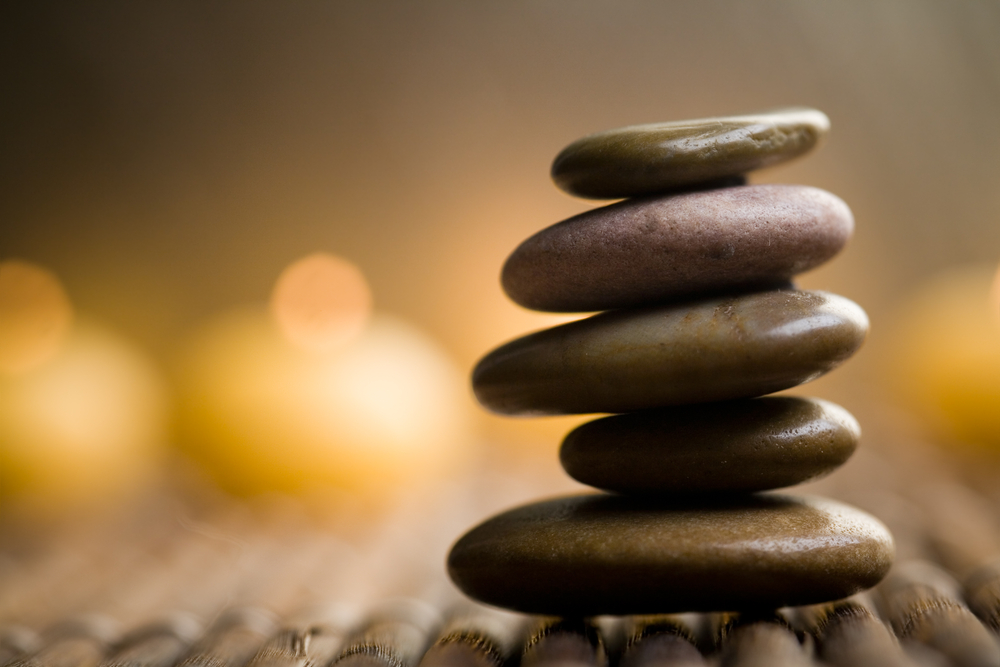
16 Feb Got Balance? 3 Ways to Fall in Love with Imbalance
By: Sandra Garest
How many articles, books, or blog posts have you seen over the last year that emphasize the importance of establishing work/life balance?
From my experience in running Lifebook sessions and coaching, one of the most common complaints people have shared is that they want more “balance” – and this is something I’ve been seeking as well.
Balance has become such a buzz-word, yet it seems that just about no one has it, and just about everyone wants it. So I set out to determine if the concept of “life balance” was just an illusion.
Over the last few months I’ve been doing some reading and soul-searching on this elusive search for balance. I’ve summarized three learnings and breakthroughs that have helped me fall in love with imbalance. (Feel free to use them if they resonate with you, if not, throw them out!)
1. Redefining my beliefs and definition of Balance (Premise)
If taken literally, the common phrases like “work-life balance” and “life balance” are something of a misnomer because they suggest that my work – or my relationships or my health – AND my life are different or separate things.
It is natural to think that the goal of life balance is to spend equal time and energy in the various areas of my life, but in reality I have not found this to be practical. Trying to spend equal time in each area is unproductive, often frustrating, and I believe it would not necessarily create the life I desire.
I believe that life balance is not about equal time in each area; life balance is more about intentional imbalance. (For example: Focusing for 90 days on a new fitness challenge, taking a month off to spend traveling the world, or taking a year to launch a new company or a new product.)
To accomplish truly great things, my most ambitious goals, I believe that I need to embrace imbalance.
2. Painting a new picture of Balance (Vision)
Having an extraordinary Career – my work – should be ONE part of living a 12-Category Smart life.
I love the quote by Maxwell Maltz,
“Functionally, a person is somewhat like a bicycle. A bicycle maintains its poise and equilibrium easily so long as it is going forward towards something.”
If you put your feet on the petals and try to balance while remaining stationary, you can’t stay there very long. Similarly, we are built to move forward, striving towards worthy goals. A precarious, motionless state doesn’t seem worth striving for.
For me, life balance is achieved when I am conscious and purposeful about how and where I spend my time, energy and effort.
At different times in life, I will choose to focus on one area over another, and that’s perfectly fine, provided it’s intentional.
The key is that it is by design – and this will be different for every person; depending on where you are in your journey, your focus will shift.
Rather than seek life balance, I choose to strive for intentional imbalance.
I envision balance as happening over the course of a lifetime. Over time, I am actually achieving life-long balance, even though there is never a single point in time where I am “balanced.”
My vision for balance is not a simple division of my time equally across the 12 categories, but none of them is left out of the equation. I strive for balance by looking to constantly shift my balance one way, then another, toward those specific goals that are worth going all in on, and worth the trade-off of being imbalanced.
I strive for meaning, fullness and satisfaction – instead of balance – resulting in diverse areas of achievement.
3. Intentional Imbalance (Strategy)
- Determine the best goals for me to pursue and identify how each goal can satisfy needs across multiple categories.
- What goals create the most fulfillment, will make the most impact, and will help me to live on purpose?
- Ask myself if I am willing to somewhat neglect other areas of my life to achieve it.
- Stop judging the imbalance as a negative thing, knowing that if one area of my life is not getting as much attention as I’d like for period of time that the other goal I’m pursuing is important enough to me that I’m willing to be imbalanced as I pursue it.
- Leverage the Power of 12
- Regardless of which area of my life I am focused on, improving one nearly always overlaps into the others.
- I can consciously leverage this for my advantage by defining the interconnectivity and integrating my PVPS across multiple categories.
- Cycle my imbalance – I don’t take the imbalance too deep or for too long, before I pull back.
So, for me, my conclusion is that the concept of life balance is not an illusion; I just needed to come at it in a different way by living a 12-Category Smart life with intentional imbalance.
